Thrive naturally with low-maintenance natives
Save time and money, while helping local wildlife
Why NATIVE plants?
Support Native Wildlife
Native plant species and local wildlife have co-evolved over millennia. This intricate relationship means that indigenous plant species provide the specific food sources, shelter, and nesting sites that native insects, birds, and other animals depend on for survival. By planting natives, you're creating a vital habitat and contributing directly to the health of local ecosystems, particularly for pollinator insects like bees and butterflies, as well as various bird species.
Low Maintenance Once Established
Because native plants are naturally adapted to the local climate, soil conditions, and rainfall patterns, they generally require less intervention once they're established (typically 1-2 growing seasons). This translates to less of your time and effort spent on watering, fertilizing, and other intensive (and expensive) gardening tasks compared to non-native species that may struggle to thrive in the local environment. It's common practice to significantly reduce or even eliminate supplemental watering and fertilization after the initial establishment period.
Integral to Integrated Pest Management (IPM)
Native plant communities play a crucial role in natural pest control. They provide food and shelter for a diverse array of beneficial insects, including predatory species that help keep pest populations in check. For instance, native wasps, while sometimes viewed negatively, are highly effective predators of many common garden pests, reducing the need for chemical interventions.

If any plants purchased perish shortly after purchase or any other issues arise, please contact us. Wildscape Blooms is committed to addressing and resolving any concerns to ensure customer satisfaction
